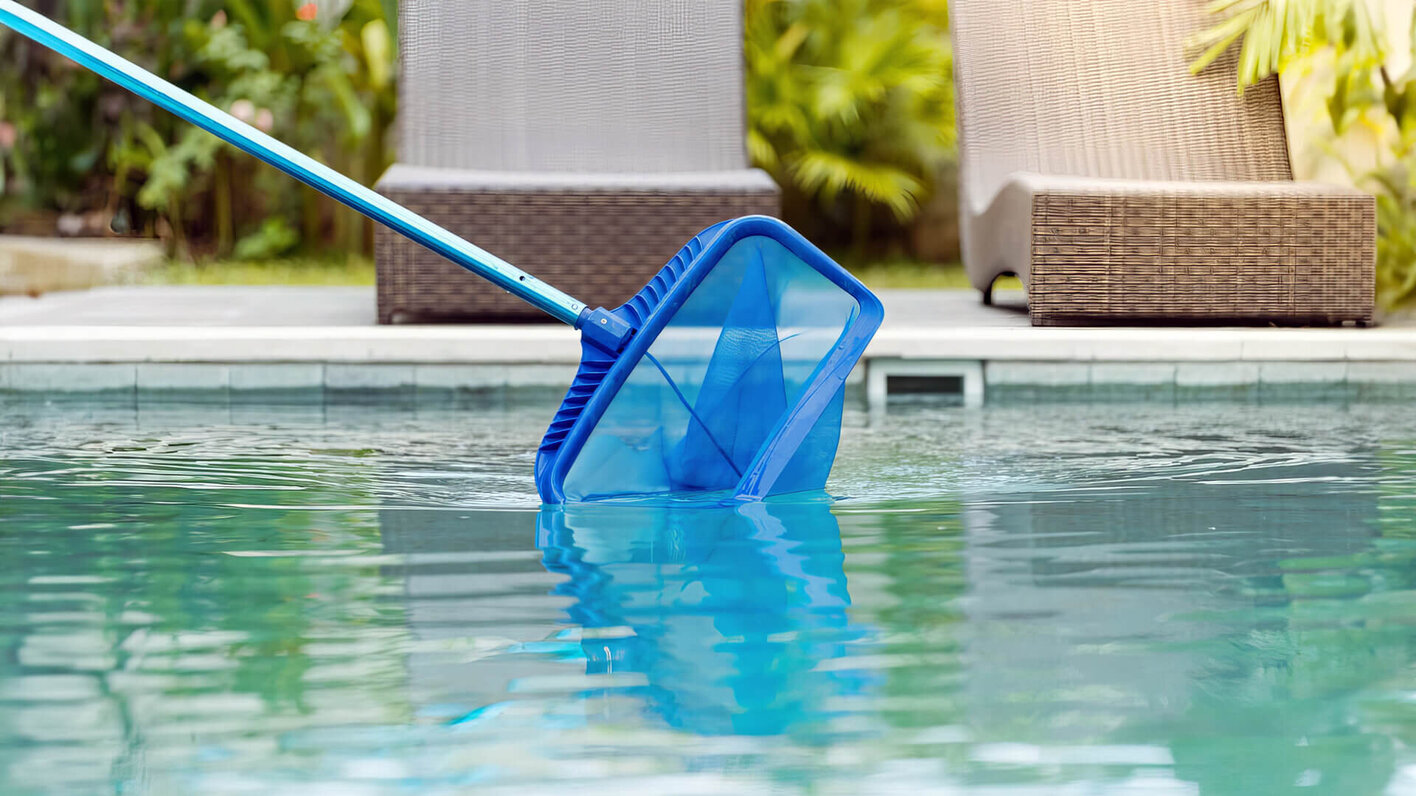5 tips to take care of water leaks during the dry days of summer – Home Improvement Blogs
(BPT) – Many homeowners work tirelessly to ensure their homes are protected from water damage, but there’s always a chance that Mother Nature has other plans for your property. It’s common to check for damage during the wintery and stormy seasons — but completing repairs or preparing your home during the dry days of summer will set you up to prevent future leaks or serious damage to your home.
If you find yourself facing leaks or cracks and holes that could lead to water damage, now is the time to take action. Here are a few tips to fixing and preventing water damage in and around your home.
1. Inspect often
Make checking your home for leaks and damage part of your regular routine year-round. Catching problems early not only makes repairs easier but can prevent expensive and time-consuming improvements later. Cracks, holes, buckled floors, discoloration of walls and ceilings and staining are all signs of potential damage that should be addressed as soon as possible.
2. Prepare the surface
Like any concrete patching project, surface prep is a crucial step. You’ll want to chisel out any small cracks or holes and avoid V-shaped cuts. In fact, to allow for expansion, you want to shape the hole until it resembles an inverted V. All patch areas should also be free of loose material, dirt, dust, algae and mildew.
3. Use a water-stopping patching product
When you come across a small hole or leak, you need a high-strength repair material that will instantly plug any running water. QUIKRETE Hydraulic Water-Stop Cement is made for concrete surfaces and sets rapidly to block and repel water. It solves leakage problems wherever active water is present and helps seal around concrete pipes for plugging leaks in foundation and retaining walls, chimneys, swimming pools, fountains, and cisterns.
After mixing with water, this cementitious material starts setting in about three minutes. It’s important to work quickly, starting at the top and working your way down. Maintain pressure on the material until it begins to set and any leaking stops.
4. Follow safety precautions
Stopping an active water leak is a great project for DIYers, but requires a few safety measures. Make sure to wear rubber gloves to protect your skin and safety goggles to protect your eyes from debris.
5. Don’t forget about outdoor structures
Water damage and erosion can happen anywhere, including outdoors. If you have a pool, fountain or retaining wall, QUIKRETE Hydraulic Water-Stop Cement is helpful to keep on hand. This material sets quickly, even when completely submerged underwater in a pool or fountain. It’s also white in color, which can blend smoothly with the surface you’re repairing.
Water will always find the path of least resistance — and unfortunately, sometimes that path is inside your home. Follow these tips to repair small water leaks and prevent further damage and unexpected costs.




